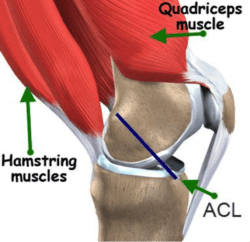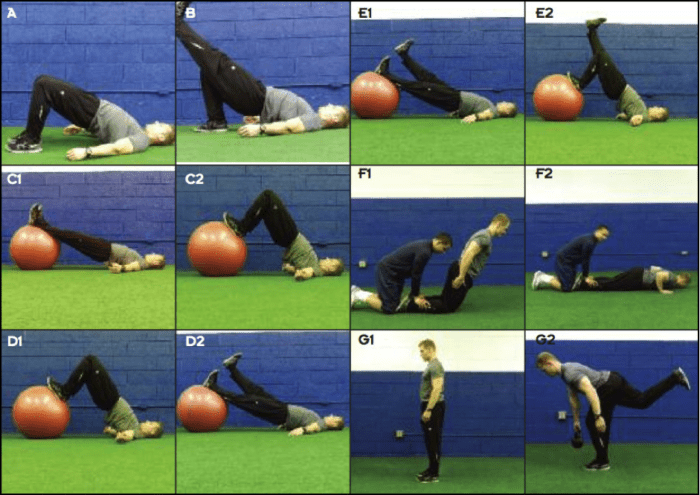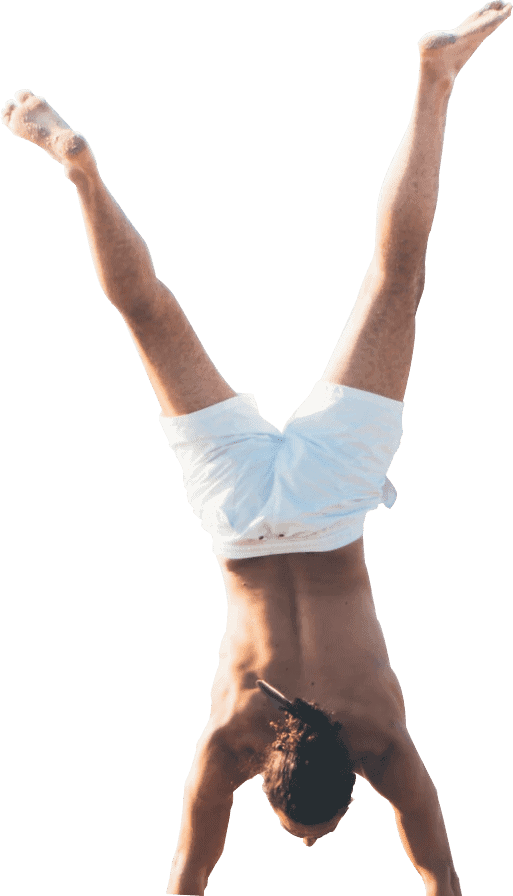By Brent Vanderloop
Physiotherapist at Life Ready Physio Midland
Tearing an ACL (Anterior Cruciate Ligament) is a very traumatising experience that can take anywhere from six to twelve months to return to full activity and sport. Fortunately, these days the procedure is performed arthroscopically to minimise the surgical trauma.
In the early phases of post-op rehabilitation it is very important to listen to your doctor’s and physiotherapist’s advice. Until three months post-op, the ACL repair is still healing and at risk of re-tearing and during this phase, it is very important to seek guidance and stick to the plan.
From 2-12 weeks, it is important to do gentle exercises, being careful not to overload the ligament. From 3-6 months, more sport specific functional exercises will commence as well as running. The goal is to be ready at six months for a return to sport. This is dependent on the speed of recovery, commitment to rehab, how well your body is healing and the sport you are returning to.
The function of the ACL is to stop forward translation of the tibia under the femur. This is the reason that may ACL tears happen non-contact with a sudden stop during sport. Fortunately, the hamstring also act to stop the forward translation of the tibia.

Most ACL repairs performed currently use a portion of one of your hamstring tendons on the same leg to create the new ACL. This unfortunately causes the function of the hamstrings to diminish post-op as well. This acts as a double whammy – not only have you had a repaired ACL but your hamstrings are not functioning optimally now. There are some surgeons who use the quadriceps tendon instead for this reason and this may be worth discussing with your surgeon pre-op.
For this reason, the people who overcome ACL reconstruction the best with less likelihood of re-tearing are those who develop good hamstring strength and eccentric control. Eccentric control is the ability of the muscle to remain strong and stable as it lengthens at the same time. This is vital on stopping quickly with sport.
This photo highlights some excellent exercises that develop eccentric control of the hamstrings. Please remember to only perform these under the guidance of a physiotherapist when you are at an accepted stage of recovery to perform them (at least three months post-op).
Through developing good eccentric control and strength, you will reduce your risk of re-injury and improve your performance with return to sport following an ACL reconstruction.
If you have any questions about anything to do with an ACL reconstruction, please contact me at brent@lifereadyphysio.com.au and I would be happy to help.
Image References
- http://www.aclsurgeryrecovery.net/14/knee-strengthening-exercise-at-work/
- http://lermagazine.com/article/preventing-hamstring-injuries-on-the-gridiron

